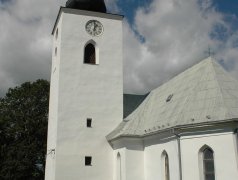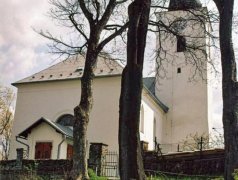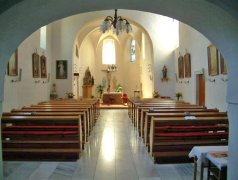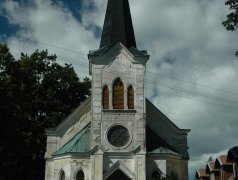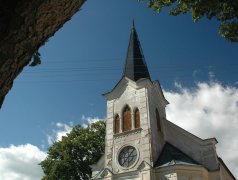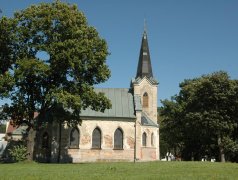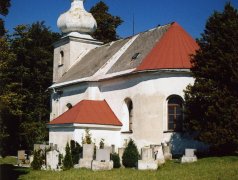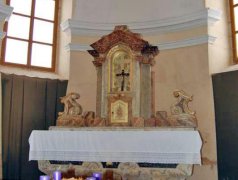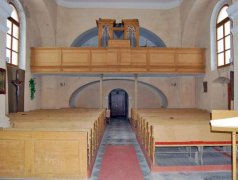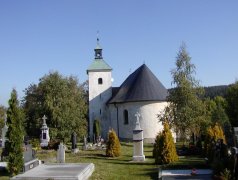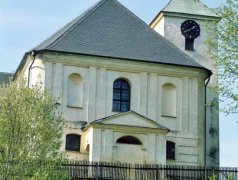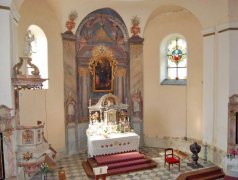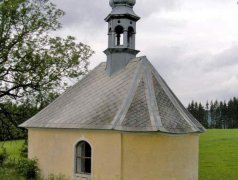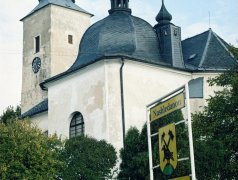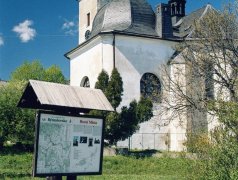The Way of the Cross is an expression of piety originating in the Franciscan tradition. The history of this tradition goes far back, to biblical times. The well-known apocryphal story of the Virgin Mary’s death (most probably from the 5th century) has it that, toward the end of her life, the Virgin Mary used to walk along the Jerusalem Way of the Cross; this seems to have laid the foundation of a kind of prayer followed by Christian believers later on. Until the year 1073, pilgrims would go to the Holy Land without encountering great obstacles; nevertheless, in that year, the Turks invaded Palestine, they began persecuting the Christians and prevented them from visiting the holy places. In 1342, the Turks allowed Saint Francis to look after the sacred buildings in the Holy Land and protect them. However, not every Christian could afford to go on a pilgrimage to the Holy Land, so the Franciscans wished to make it possible for the poor and for those who could not travel to the Holy Land to take an imaginary walk along the places connected with Christ’s passion. This is how the 14 stations of the Way of the Cross came into being; walking on the path leading to each of them was supposed to give people the courage and the inner strength to overcome weaknesses which they could not avoid on their life path. The Way of the Cross in Stará Ves was renewed in 2015, thanks to the inhabitants of this village and, especially, to Mr. Přemek Mázel who refurbished the crosses.





